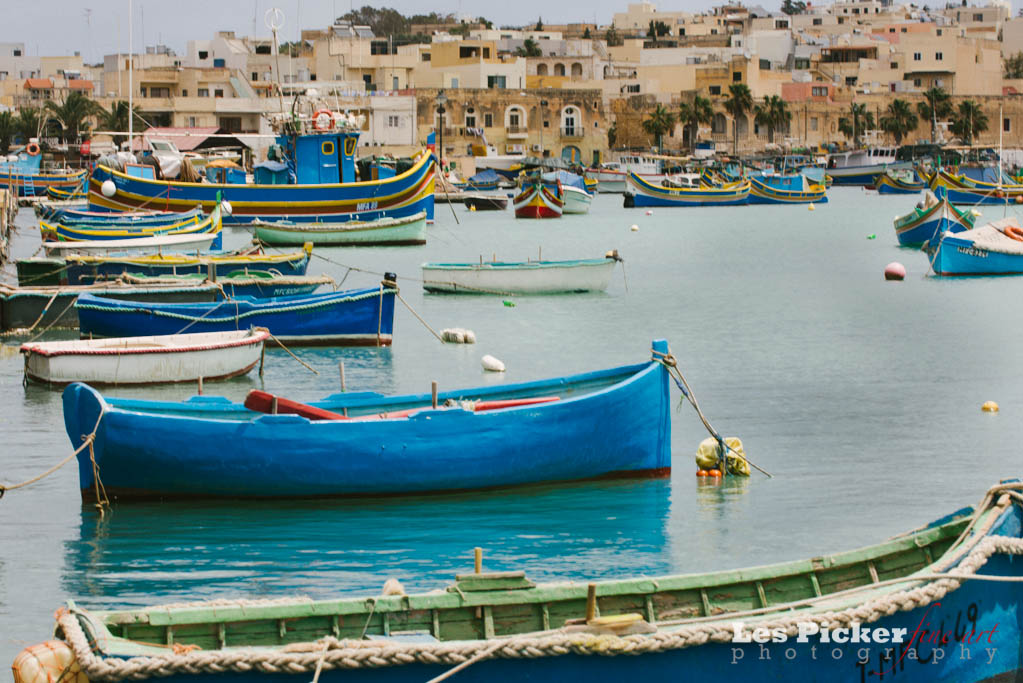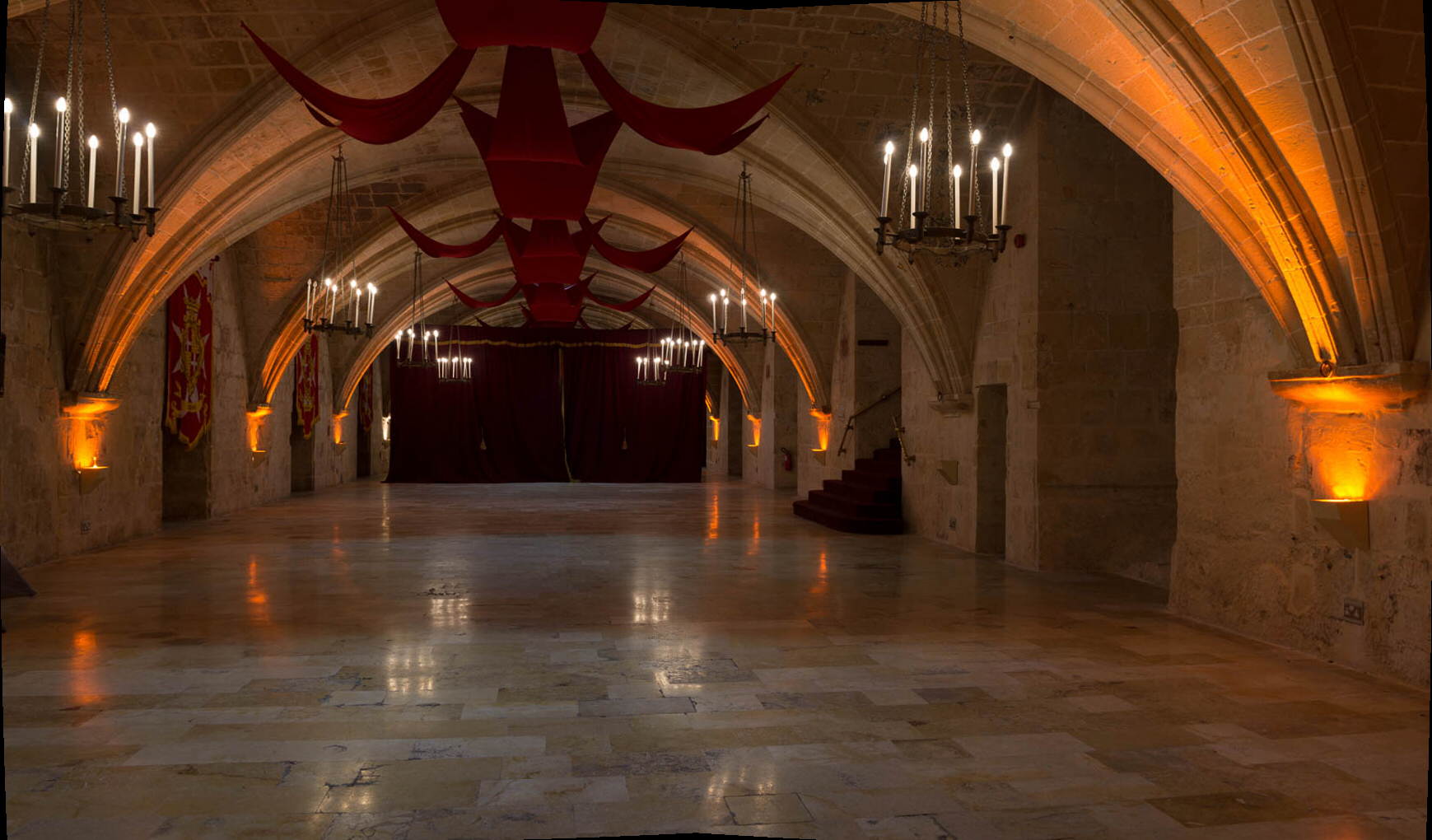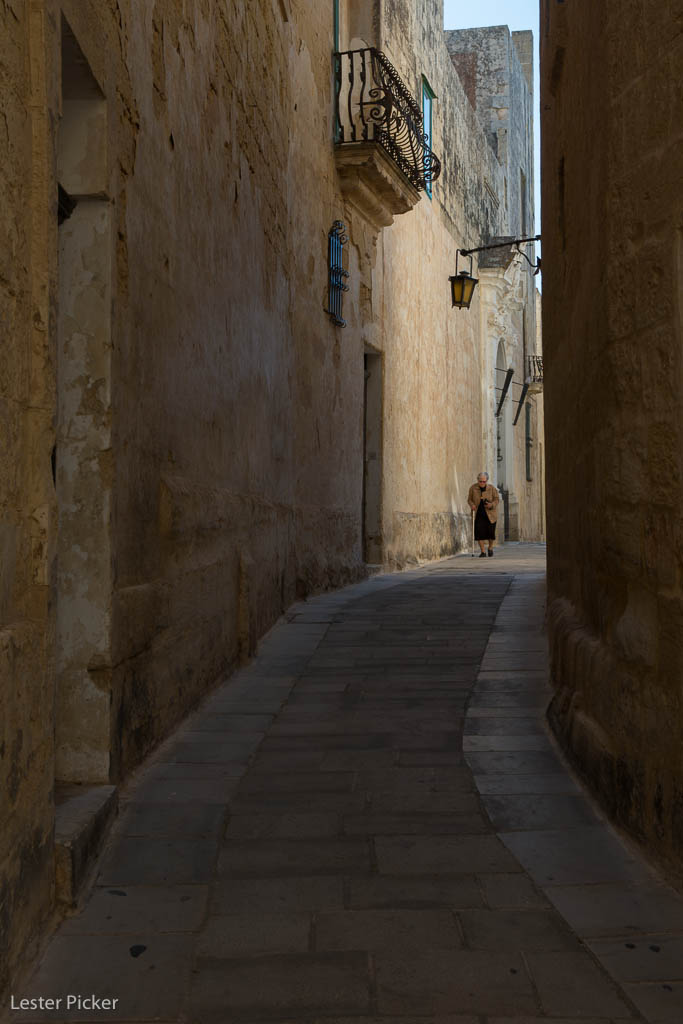
Photographing in Malta
If you are a photographer who has not visited Malta, book that trip now. If you do not have Malta on your bucket list, add it now. I’ve just wound up a 5-day trip to this wonderful, exciting and visually dynamic island nation and I am already planning a second, more extensive two- or three-week return visit.
Some Background
The three main islands that constitute Malta are the island of Malta itself and the adjoining Gozo and the tiny Comino, situated between the two. Malta has perhaps the most fascinating history of any place I have ever visited, having been variously invaded and populated by Phoenicians, Greeks, Romans, Normans, Arabs, and finally Roman Catholics. In fact, the island today is heavily Roman Catholic and the influence of the church is evident everywhere. Gozo alone, an island you can drive completely around in a couple of hours, has more than 50 churches, some dating back to the 15th century. Malta itself has so many churches, basilicas, monasteries and convents, you’d be hard pressed to visit them all in a year.
Photography Options
The photographic options in Malta are nearly endless, except for non-bird wildlife photography, as Malta has no large indigenous mammals. First are the historic structures. Did you know that the largest freestanding temples in the world are on Malta? Some 5,600 years old, the Ggantija temples are a marvel of pagan construction. To this day we know little about these early inhabitants. Ditto for the other main prehistoric temple complex, Hagar Qim. Unfortunately, photography options at these temples is severely reduced due to ongoing archaeological digs, scaffolding to shore up crumbling infrastructure, and tents covering the site at Hagar Qim to minimize environmental damage.
Next up are the ancient Phoenician, Greek, Roman, Norman and early Christian buildings that are in various states of repair, preservation and restoration. These sites will be Valhalla for architectural photographers. The same holds true for those who are into capturing images of historic churches. If you are into religious photography, don’t expect to spend a week here and feel good about leaving. Every church, convent, monastery and basilica is special, with a unique history attached to it.
Then there are the historical structures that are attached to religious causes, but are not in themselves churches. The most famous of these is the Sacra Infermeria, built in 1574 by the Knights of St. John, with a history of treating the wounded in battle, the sick and infirm for centuries. The Order even received dispensation from the Pope to allow them to perform autopsies in order to advance their medical knowledge, ostensibly to aid Christian pilgrims.

Each village in Malta is a photographer’s dream. Unlike in Sicily, the people in Malta are more receptive to being photographed. These tiny villages still live a wholesome way of life and the combination of architecture, people and lifestyle make for a potent photographic stew.
What I am looking forward to in my next visit is capturing the stark landscapes that constitute the Maltese interior. Stone walls dating back to Roman times crisscross the land, often as farmed terraces cultivated in small plots. On these terraces you will find everything from vineyards to fruits and vegetables. Interestingly, these farmed plots go right up to the edge of major cities like Valetta.
Waterscapes and Cityscapes
Since Malta is an island, waterscapes abound along its rocky coast and bays. There are picturesque bays and grottos, as well as sand beaches, although they are not the lush tropical variety, nor are they the forested shores we see in colder climes.
The Maltese cities are treasure troves of potential images, each with its unique character. Mdina is a medieval city perched atop a hill that still has 200 residents living there. Cars are prohibited, except for those of residents, making the touring experience free of hassles and full of narrow streets and ancient buildings.

Valetta, on the other hand, is a large city (at least in terms of Malta) and a mix of modern and ancient. The government is now executing major renovations of the historic fort walls, dating back to the 15th century.
If it is maritime heritage and folksy shots of working fishing boats and salty characters, you can’t go wrong spending a morning in Martsaxlokk fishing village, where colorful boats bob up and down in the quaint harbor. Unfortunately, a major power plant on the shoreline has ruined one sight line, but there are plenty of other ways to capture the beauty of this picturesque harbor town.
Easy Travel
Another thing that makes Malta so inviting is that nearly everyone speaks English, plus another language, in addition to their native Maltese which is spoken nowhere else on Earth. They are also universally friendly.
Lodging is plentiful, ranging from B&Bs to luxury hotels. The Maltese public bus system is terrific (modern and cheap), run by a private company with service throughout the island on a regular, published schedule. Driving is not advised, unless you’re used to driving on the left side. Main roads are good, but rural side roads are largely unpaved or poorly maintained. Most town and city streets are perilously narrow.
Boat trips, tours and private charters are available in nearly every seaside town. The weather during my stay was not cooperative for three of the days, so I could not take advantage of the boat options.
Restaurants are plentiful and many of them are reportedly excellent. The ones I experienced were good to very good.
I do plan to return to Malta, this time with a list of “must captures” and a whole lot more days. I suggest you check it out for a potential photography bucket listing. I guarantee you will not regret it.